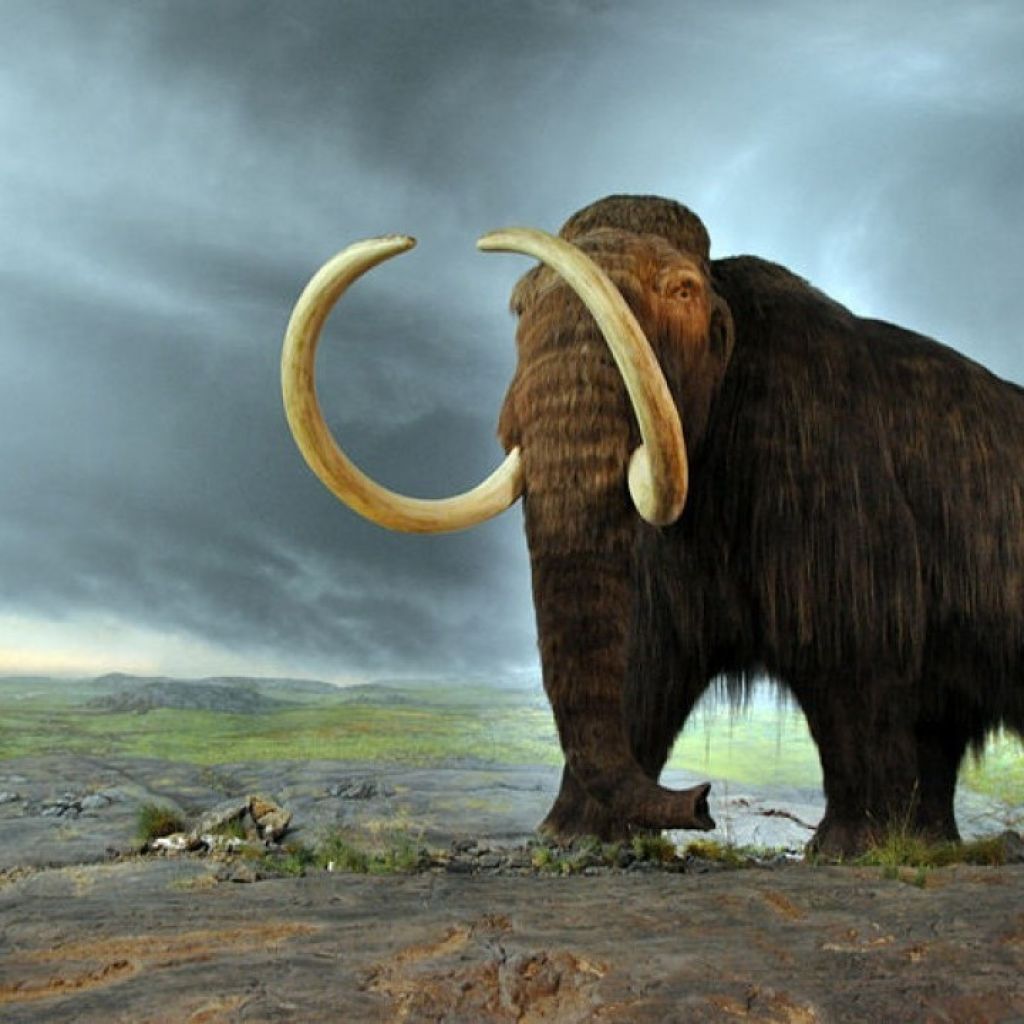Will woolly mammoths walk again?

The discovery of “liquid blood” in the remains of a woolly mammoth on an island in Russia’s Novosibirsk archipelago, in the Arctic Circle, has reawakened interest in the possibility of cloning these relics of the last Ice Age.
Woolly mammoths (Mammuthus primigenius) lived alongside early humans on the Eurasian mainland but disappeared around the end of the Pleistocene period, around 10 000 years ago (although isolated pockets survived until as recently as 4 000 years ago). The jury is still out as to whether their extinction was solely due to climate change, or hurried along by hunter-gatherers.
Woolly mammoths were adapted to survive in freezing conditions and had shaggy coats, small ears and a thick layer of fat under the skin. One theory is that their blood may have had cryoprotective qualities that prevented it from freezing.
In May this year, members of a Russian palaeontological expedition from the Siberian city of Yakutsk issued a statement about their latest find, a well-preserved mature female, aged between 50 and 60 years, with a large amount of soft tissue the “colour of red meat”.
More surprisingly, they also announced they had collected a dark liquid, trapped in pockets of ice below the belly, which they speculated was pooled blood, raising the prospect of harvesting cells for cloning.
The idea of cloning a woolly mammoth has been floating around for some time, with the possibility of using an African or Indian elephant as a surrogate. Aside from ethical considerations, one of the challenges is finding high-quality genetic material for the job.
Professor Himla Soodyall, of the Division of Human Genetics at Wits, says: “Given that the mammoth was found intact in ice, the question is whether the nuclei in the cells would be viable for cloning.
“For cloning, the membrane of the cell’s nucleus has to be intact so that it can be aspirated from the donor and inserted into the cytoplasm of the recipient – in this case the closest living relative would be an elephant.
“Other studies that have focused on cryopreserved tissue stored in freezers for over 20 years have shown success in modified cloning experiments. The odds for success with the woolly mammoth are low, but not totally impossible.
“I guess the issues for discourse revolve around what is ethical at this stage. It also draws conservation biologists into the debate, since this experiment tries to revive an extinct species.
“We have learnt so much on human origins from ancient DNA studies on Neanderthals and the Denisovan specimen from Siberia – this sort of experimentation tests the limits of DNA technology, and poses quite an interesting challenge!”
“This is a splendid find, and certainly among the best-preserved mammoths known to science,” says Dr Jonah N Choiniere, of the Evolutionary Studies Institute at Wits. “But we’re still a long way from ‘Pleistocene Park’ (a reference to the movie Jurassic Park) being a reality.”
Visitor tip: At the Maropeng exhibition, pause at the dodo stand, which features the story of extinction. Here you can make a phone call to a woolly mammoth, which will tell you more about its natural history in a charming Russian accent.